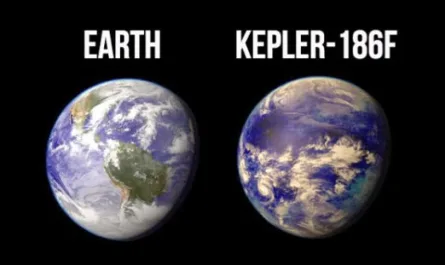The Crescent Dunes Solar Energy Project, located in the heart of Nevada’s desert, is an extraordinary step forward in the world of renewable energy. Unlike traditional solar power systems that are limited by sunlight availability, Crescent Dunes employs cutting-edge technology to generate electricity 24/7. By using over 10,000 heliostats (massive mirrors) to concentrate sunlight onto a central receiver, the project heats molten salt to an incredible temperature of over 1,000°F (537°C). This enables the plant to function as a thermal battery, storing heat and converting it to energy even after the sun sets.
This innovative approach has made Crescent Dunes a global symbol of sustainability and a beacon of hope in the fight against climate change. With its ability to deliver clean energy consistently, the project showcases the immense potential of solar energy when combined with advanced storage solutions.
How Does the Crescent Dunes Project Work?
The core of the Crescent Dunes Solar Energy Project lies in its advanced use of molten salt storage technology. Here’s a step-by-step breakdown of how it operates:
- Harnessing Sunlight:
The facility uses 10,347 heliostats—giant mirrors mounted on tracking systems that follow the sun’s movement. These mirrors direct sunlight onto a central tower, concentrating the heat at one specific point. - Heating Molten Salt:
The sunlight heats molten salt, which is stored in tanks at the base of the tower. The salt is capable of reaching temperatures of over 1,000°F (537°C) without degrading, making it an ideal medium for heat storage. - Storing Heat for Later Use:
Unlike traditional solar systems, Crescent Dunes doesn’t immediately convert all the solar energy into electricity. Instead, the molten salt retains the heat, acting as a thermal battery that can store energy for up to 10 hours. This allows the plant to deliver electricity even when the sun isn’t shining. - Generating Electricity:
When electricity is needed, the stored heat is used to produce steam, which powers a turbine to generate electricity. This process is both efficient and reliable, ensuring uninterrupted power supply.
A Step Toward Sustainability
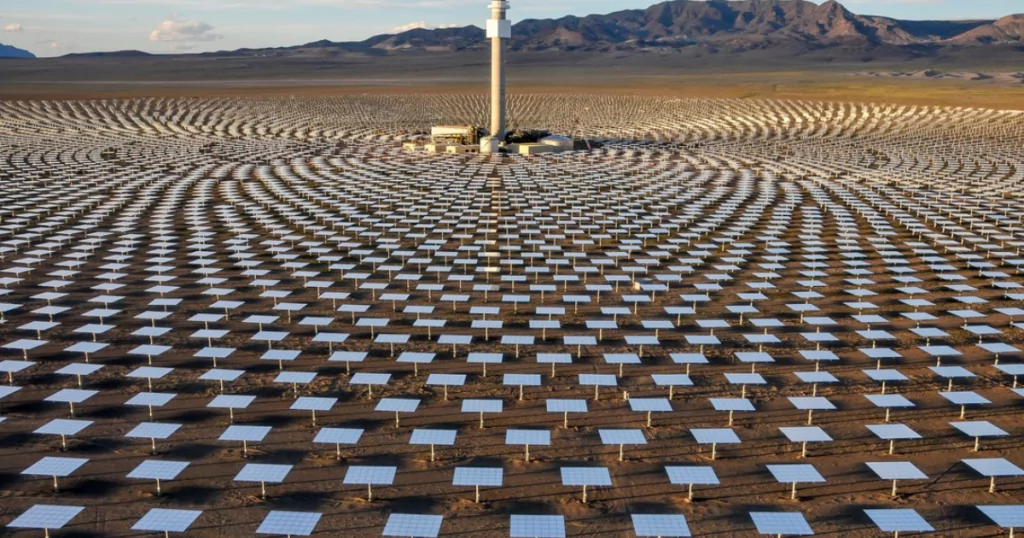
The Crescent Dunes Solar Energy Project has a capacity to produce 110 megawatts of power, enough to supply electricity to approximately 75,000 homes. What sets it apart is its ability to reduce dependency on fossil fuels, cutting carbon dioxide emissions by over 500,000 metric tons annually—equivalent to removing 100,000 cars from the road each year.
This remarkable achievement highlights the role of innovation in addressing the climate crisis. Traditional energy sources like coal, oil, and natural gas not only pollute the environment but are also finite. In contrast, solar power offers a clean, renewable, and practically inexhaustible source of energy. By demonstrating the feasibility of 24-hour solar power generation, Crescent Dunes has set a new standard for renewable energy projects worldwide.
Economic Benefits
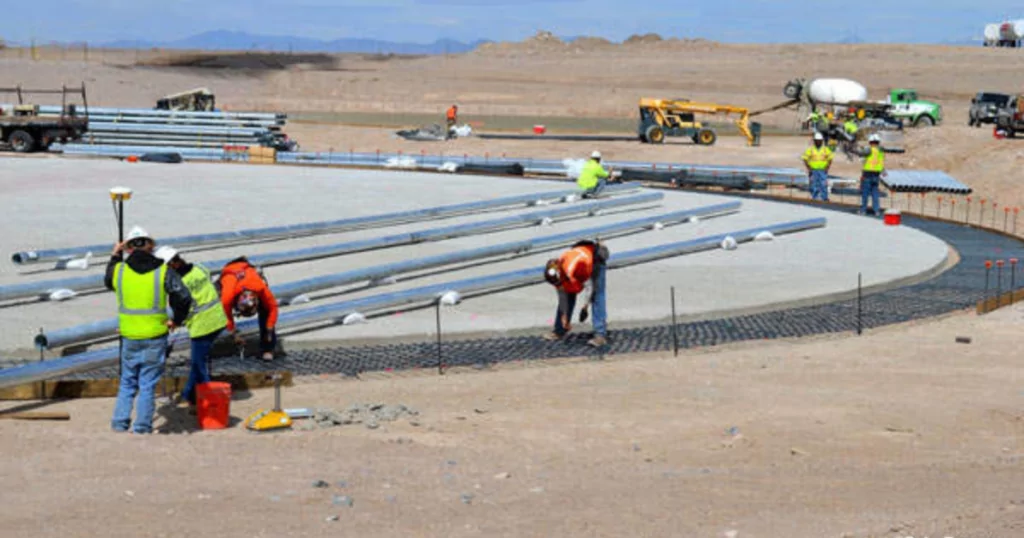
The impact of Crescent Dunes extends beyond environmental sustainability—it also boosts the local and national economy. The project has created hundreds of jobs in construction, engineering, and maintenance, injecting millions of dollars into the local economy. Once operational, it continues to provide long-term employment opportunities for technicians and plant operators.
Additionally, projects like Crescent Dunes have the potential to lower electricity costs in the long run. By reducing reliance on imported fuels and stabilizing energy prices, renewable energy plants contribute to economic resilience.
Challenges Along the Way
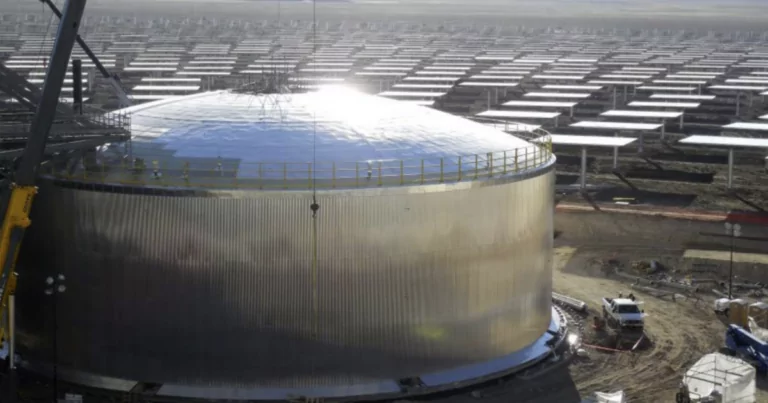
Despite its groundbreaking success, the Crescent Dunes project has faced significant challenges, including a hefty construction cost of around $1 billion. High upfront investments can deter similar initiatives, particularly in regions with limited financial resources. Additionally, the plant has encountered operational delays and technical issues, such as maintaining heliostat efficiency and ensuring reliable energy output during peak demand.
However, these setbacks offer valuable lessons for future projects. As the technology advances and costs decrease, large-scale solar initiatives like Crescent Dunes will become more feasible globally. The experience gained from this project can help refine the design and operation of future solar energy plants, improving efficiency and cost-effectiveness in the renewable energy sector.
Global Implications
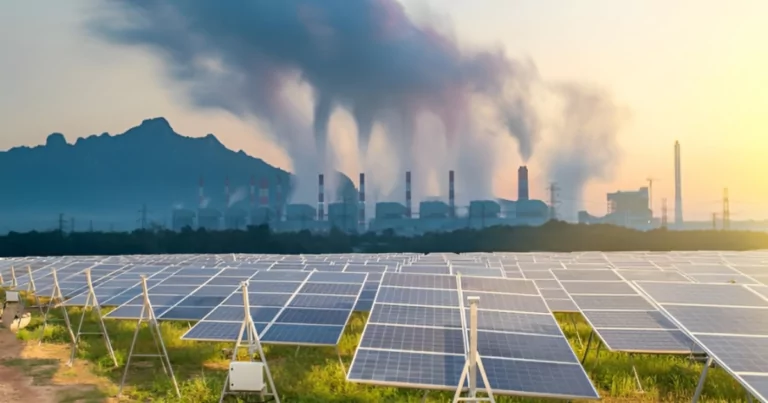
The Crescent Dunes project has significant global implications, addressing a major challenge in traditional solar power—its reliance on daylight. With its ability to store and deliver energy around the clock, this technology is paving the way for similar solar plants in sunny regions like the Middle East, North Africa, and Australia, helping countries accelerate their clean energy transitions and cut greenhouse gas emissions.
This success also highlights the importance of public-private partnerships in advancing renewable energy. Developed by SolarReserve with government and private sector collaboration, the project demonstrates the power of collective effort in overcoming global energy challenges.
Why Crescent Dunes Matters
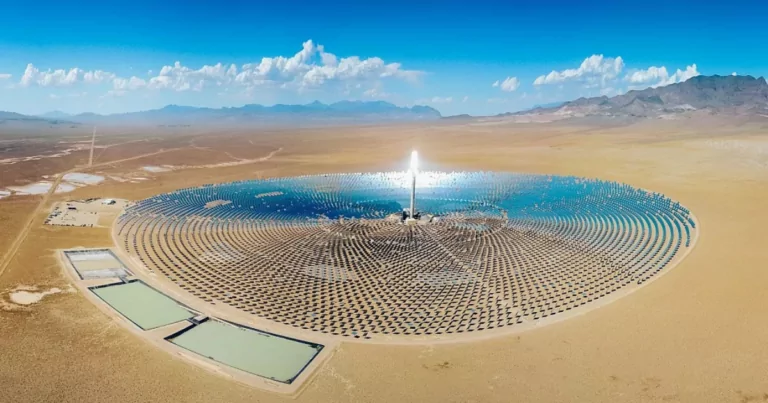
The Crescent Dunes Solar Energy Project represents much more than a technological innovation—it’s a vision for the future. By proving that renewable energy can be both practical and reliable, the project challenges the long-held belief that solar power is only a supplementary energy source.
Moreover, Crescent Dunes serves as an inspiration for policymakers, engineers, and environmentalists worldwide. It shows that with the right combination of technology, investment, and determination, it is possible to achieve a sustainable and eco-friendly energy future.
What’s Next for Solar Energy?

As we look to the future, the potential for solar energy is limitless. Advances in technology, such as improved energy storage solutions and more efficient photovoltaic cells, are making solar power more accessible and affordable. The lessons learned from Crescent Dunes will undoubtedly play a pivotal role in shaping the next generation of solar energy projects.
Additionally, governments and organizations must continue to invest in renewable energy infrastructure. By incentivizing projects like Crescent Dunes, they can accelerate the shift away from fossil fuels and create a more resilient energy system.
Conclusion
The Crescent Dunes Solar Energy Project in Nevada stands as a testament to human ingenuity and innovation. Using over 10,000 mirrors to concentrate sunlight and store heat in molten salt, the project has achieved the remarkable feat of providing clean energy day and night.
This groundbreaking technology is not only a triumph of engineering but also a beacon of hope in the fight against climate change. As the world faces the dual challenges of increasing energy demand and environmental degradation, projects like Crescent Dunes offer a roadmap for a sustainable future. With continued innovation, collaboration, and investment, we can harness the sun’s power to build a cleaner, greener, and more prosperous world.

